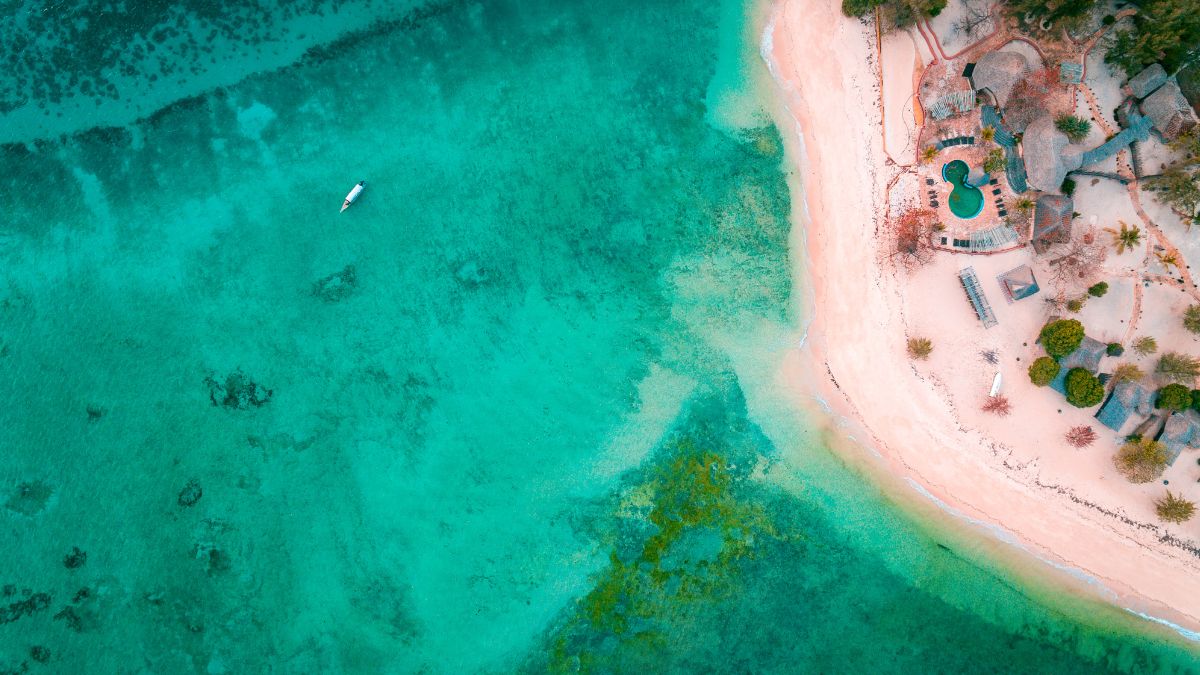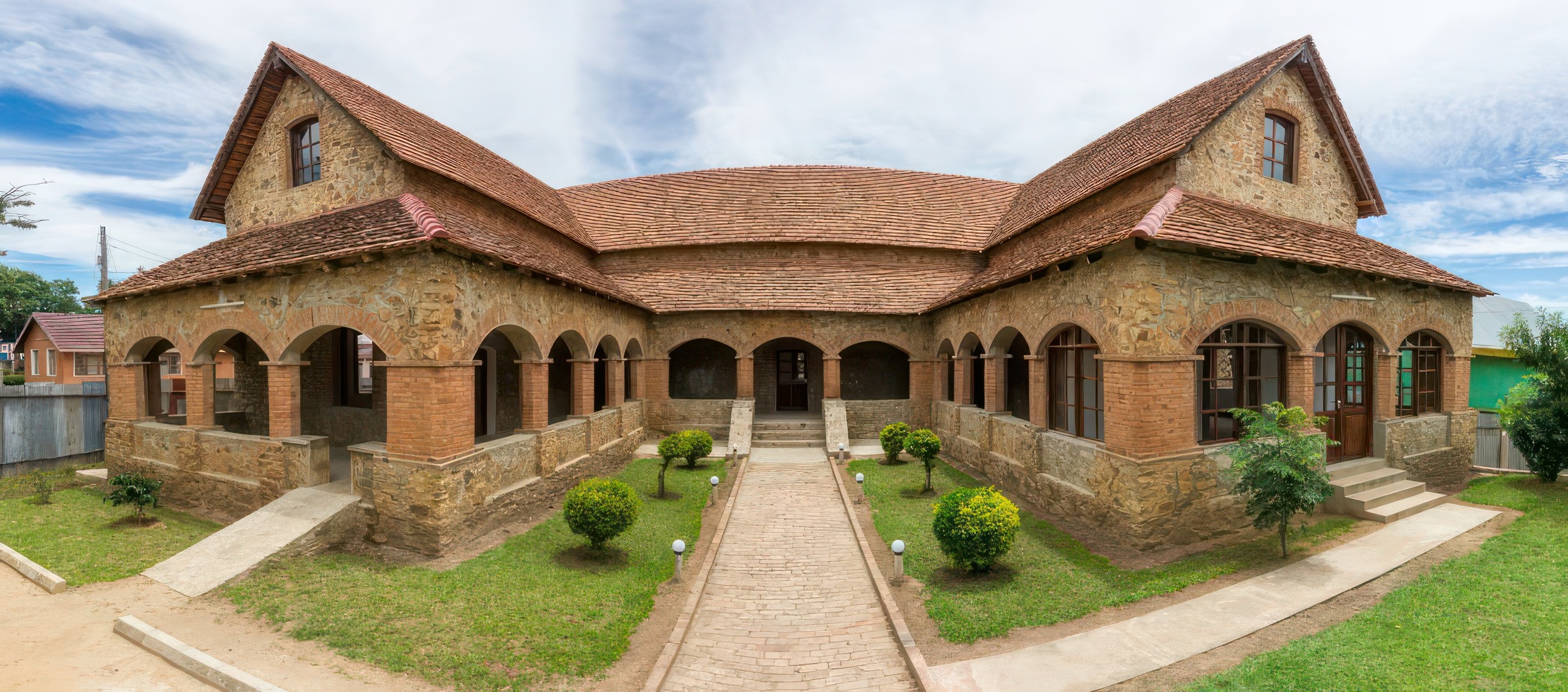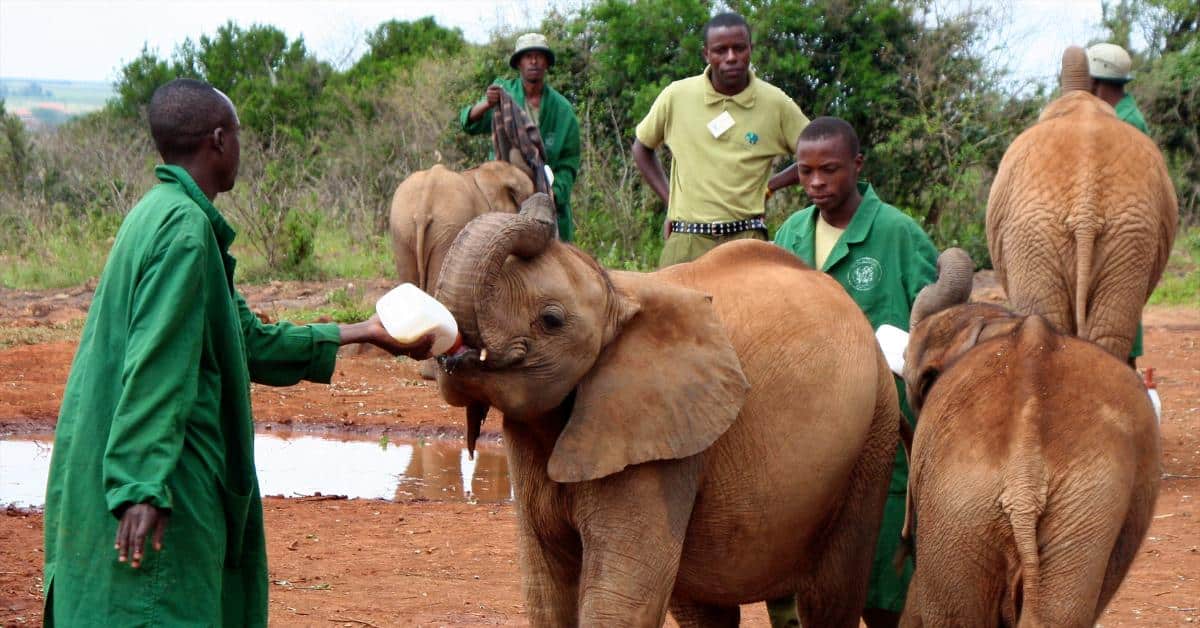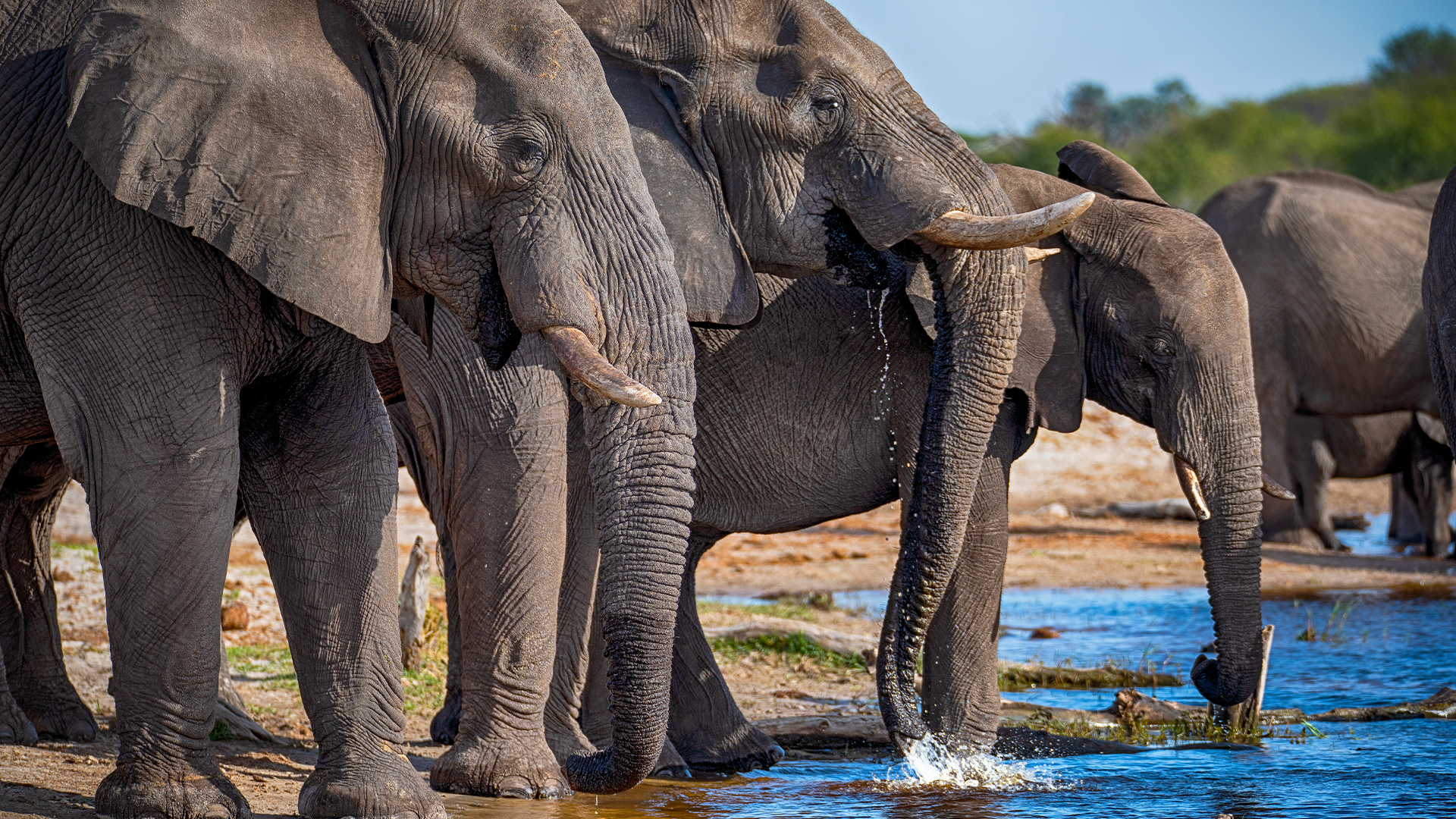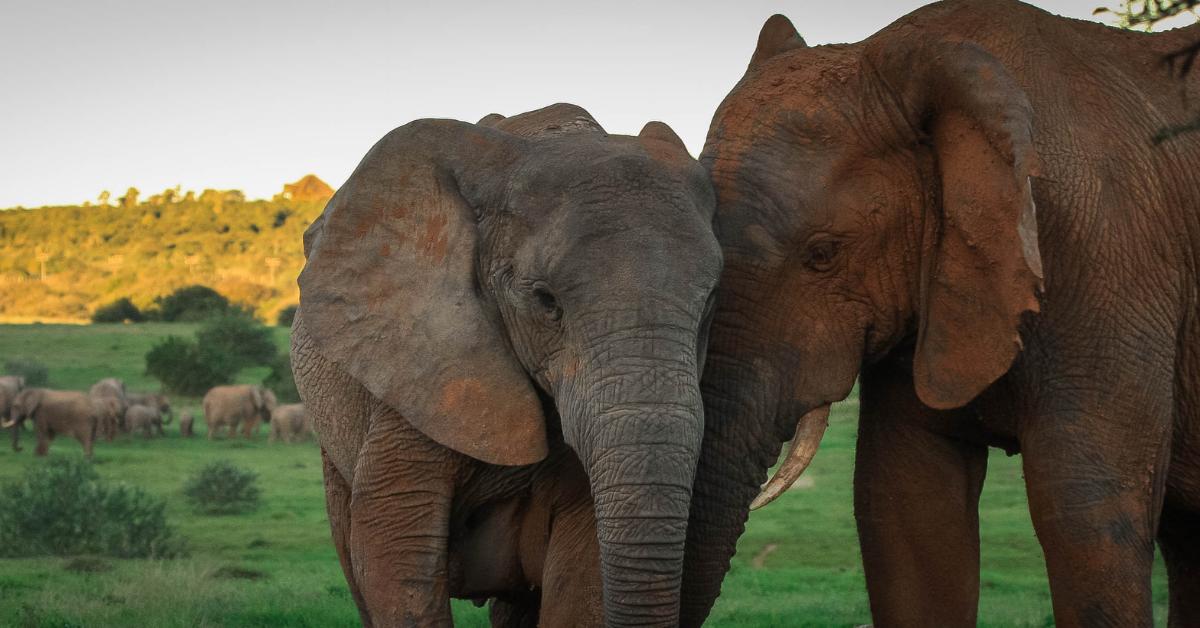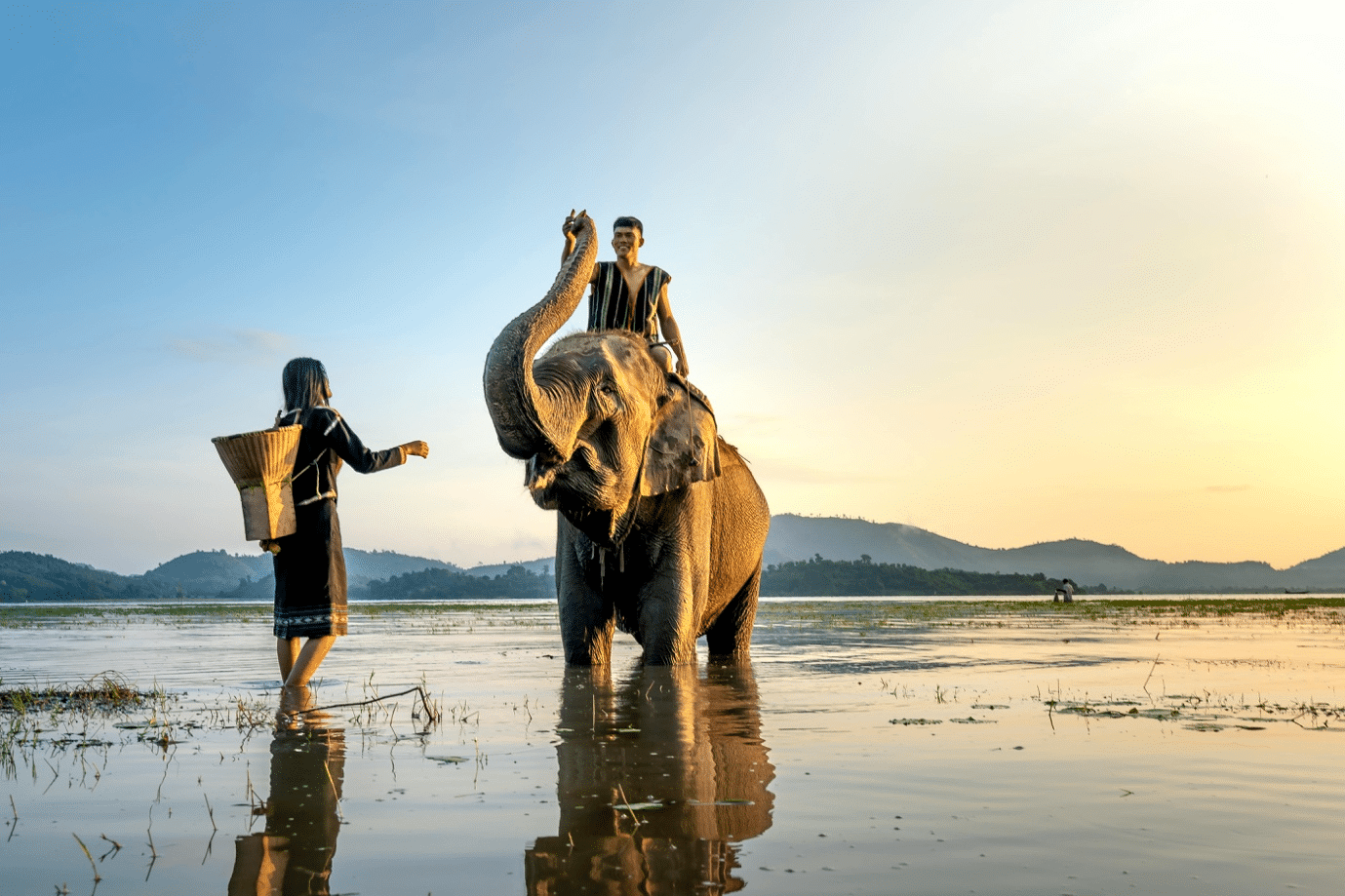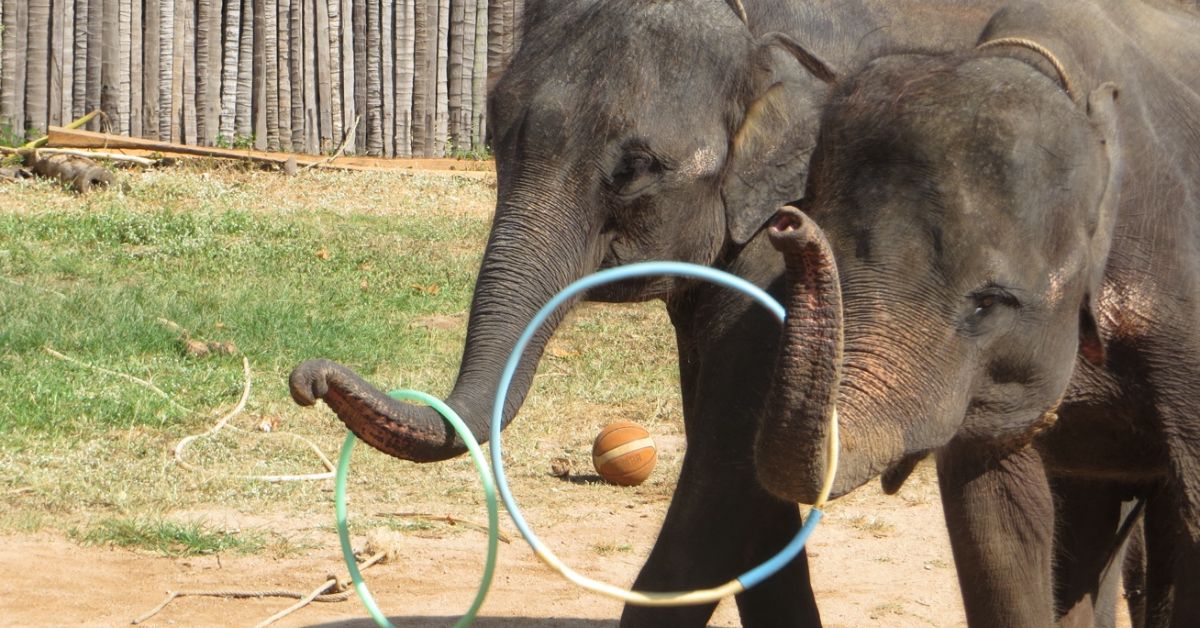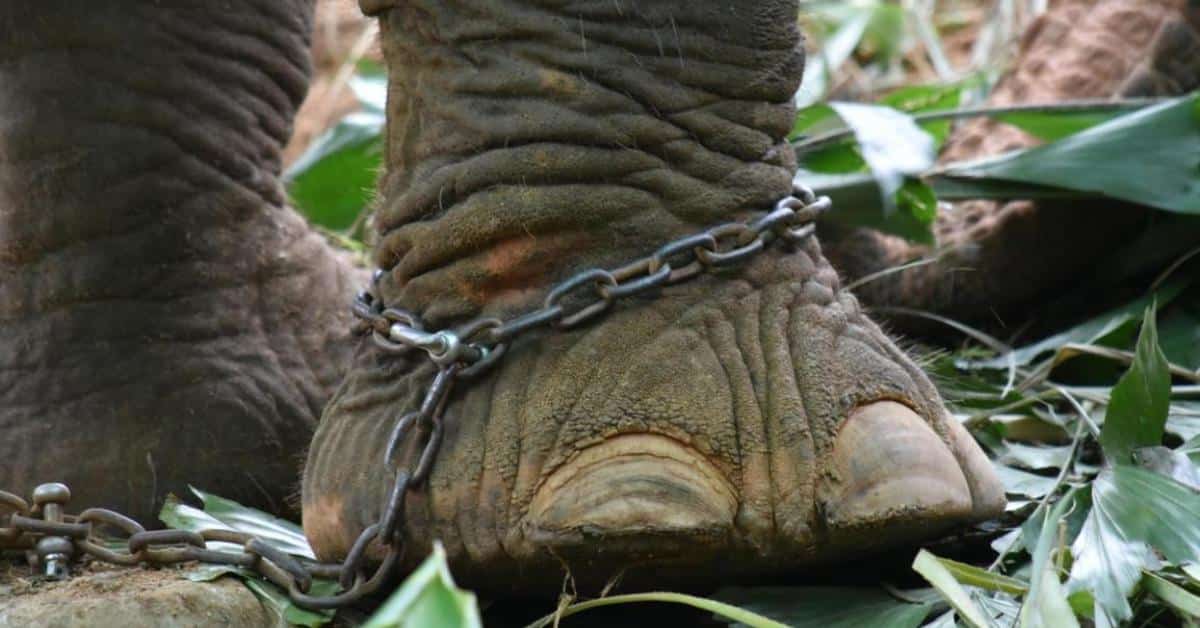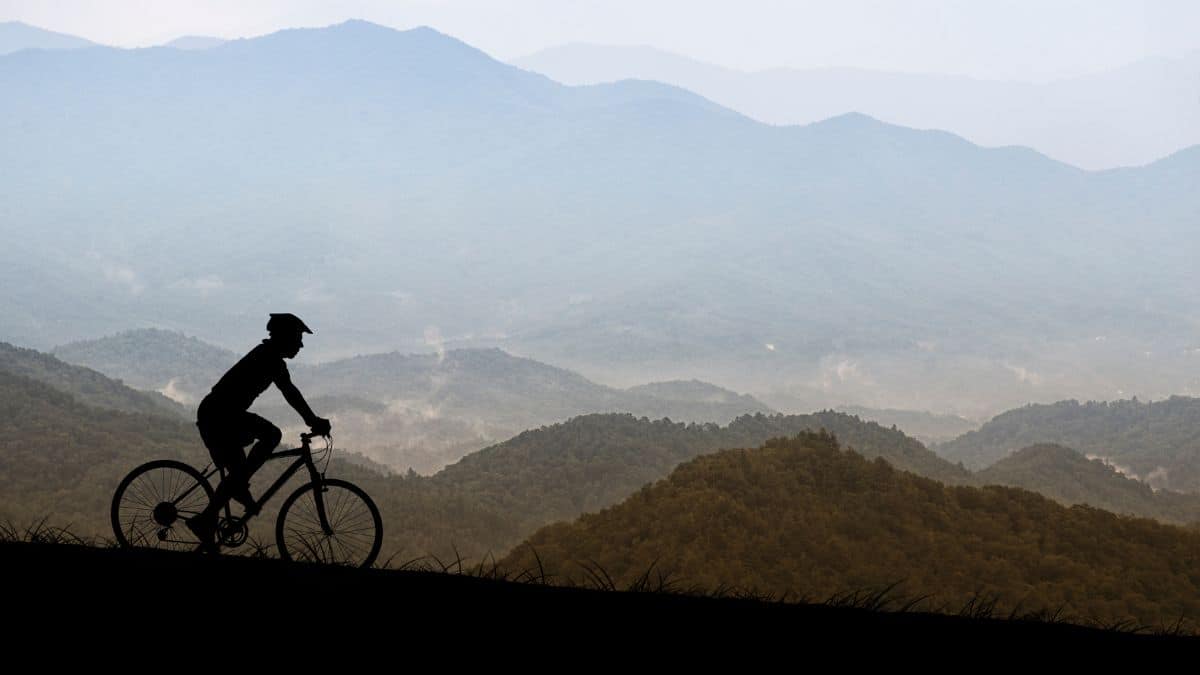Serengeti National Park in Tanzania is a peerless destination for wildlife enthusiasts and nature lovers. With its vast landscapes, diverse wildlife, and awe-inspiring beauty, it’s no wonder that the Serengeti has captured the imaginations of travelers worldwide.
This comparehensive travel guide will provide all the information you need to plan your visit to the Serengeti in 2023/2024. From wildlife encounters to accommodation options, we’ll cover it all to ensure you have an unforgettable experience in Africa’s best national park.
Unveiling the Serengeti: An Overview
Step into the wildlife-rich world of northern Serengeti, a breathtaking tapestry of nature that captures the imagination and leaves visitors awe-inspired. Prepare to embark on a virtual journey as we unveil the Serengeti, delving into its captivating beauty and astounding wildlife.
Brace yourself for an experience that will make your heart race and spirit soar. As the golden sun rises over the vast expanse of the Serengeti, it paints the horizon with a kaleidoscope of colors, casting a warm glow on the sprawling savannah.
The air crackles with anticipation, heralding the beginning of a new day in this untamed wilderness. It is a land that pulsates with life, an oasis of biodiversity that enchants all who enter.
How to Get There
Begin your Serengeti National Park safari adventure by flying into Tanzania’s main international airports in Dar es Salaam or Kilimanjaro. From there, fly directly to the Serengeti’s airstrips for a thrilling aerial view or embark on a scenic road trip from Arusha, immersing yourself in the Tanzanian countryside.
Alternatively, combine road and air travel for a diverse and exciting journey. Whichever route you choose, anticipate the grandeur of the Serengeti as you draw closer to this untamed wilderness.
The journey is an integral part of the experience, unveiling the beauty of Tanzania and building anticipation for the remarkable encounters that await in the Serengeti.
The Best Time to Visit the Serengeti National Park
Timing is everything when experiencing the Serengeti’s remarkable wildlife spectacles. Thus, the Serengeti offers different experiences depending on the season you visit.
During the dry season (June to October), water scarcity concentrates wildlife around limited sources, making it an ideal time for game drives and witnessing predator-prey interactions. The wet season from November to May gives lush greenery, blooming flowers, and a paradise for birdwatching as migratory species arrive.
The Great Migration occurs throughout the year, with the calving season from December to March in the south and river crossings in the west and north from June to October. By understanding these seasons, you can plan your visit to match your interests and witness Serengeti’s remarkable spectacles.
Wildlife Extravaganza: The Big Five and Beyond
The Serengeti is famous for its rich wildlife population, including the iconic Big Five: lions, elephants, buffalos, leopards, and rhinos. We’ll introduce you to these majestic creatures and offer tips for maximizing your chances of spotting them during your safari adventures.
Additionally, we’ll showcase the park’s diverse birdlife and lesser-known species that inhabit the Serengeti plains.
The Great Migration: Nature’s Most Spectacular Show
Welcome to the untamed wilderness, where nature’s grandest extravaganza unfolds—the realm of the Big Five and beyond. Prepare to be mesmerized as we dive into the exciting world of these magnificent creatures and the myriad of other wildlife that call the Serengeti home.
Get ready for a trip that will ignite your senses and leave you in awe of the marvels that nature has to offer. In the heart of the Serengeti, the Big Five reign supreme, epitomizing power, grace, and untamed beauty.
Imagine standing in awe as a mighty African elephant saunters across the savannah, its colossal form dwarfing everything in its wake. Witness the sheer strength of a magnificent rhinoceros, its prehistoric silhouette etched against the horizon, reminding us of the resilience required for survival.
Gaze upon the regal mane of a lion, its golden fur shimmering in the sunlight, as it surveys its kingdom with an unwavering gaze. See the stealth and agility of a leopard gracefully perched atop a tree branch, blending seamlessly with the dappled shadows.
And let the elusive cape buffalo, with its imposing horns and stoic presence, command your respect amid the wilderness.
Safari Adventures: Exploring the Serengeti
Embark on exhilarating game drives and walking safaris led by expert guides who will unlock the secrets of the Serengeti. Prepare for an unforgettable safari adventure as we delve into the heart of the Serengeti, a wildlife extravaganza that will leave you breathless.
As the savannah stretches out before us, anticipation fills the air. The quest for the Big Five begins, and we set our sights on the regal lion, the undisputed king of the Serengeti.
Picture the scene—a golden-maned predator resting under the shade of an acacia tree, its fierce gaze surveying the vast plains. Witness the power and grace of these regal creatures as they roam their domain, their roars echoing through the air, announcing their royal presence.
But the Big Five safari is complete with encountering the massive African elephant, a gentle giant that commands respect. Picture a family of elephants, their wrinkled hides coated in reddish-brown dust as they traverse the grasslands in a graceful procession.
Marvel at their sheer size and the harmony in which they coexist, the wise matriarch leading the way while the playful young ones frolic under the watchful eyes of their elders. So, buckle up and open your senses to the Serengeti’s wildlife extravaganza.
Brace yourself for encounters that will quicken your pulse and ignite your imagination.
Beyond the Game Drives: Immersive Experiences
In addition to the exhilarating game drives showcasing the Serengeti’s abundant wildlife, a whole world of immersive experiences is waiting to be explored. These unique encounters go beyond the confines of a vehicle, offering a deeper connection with the Serengeti’s natural and cultural heritage.
Let’s dive into these extraordinary experiences that will leave you with memories to treasure forever.
Imagine drifting gently above the vast Serengeti plains, suspended in a hot air balloon safari. As you rise with the sun, the landscape unfolds beneath you, revealing a breathtaking panorama of wildlife and stunning vistas.
From this elevated perspective, you gain a newfound appreciation for the scale and beauty of the Serengeti. With each gentle breeze, you float silently over herds of wildebeest, giraffes grazing on treetops, and predators stealthily pursuing their prey.
The tranquility and awe accompanying this airborne adventure is unparalleled as you witness Serengeti’s wonders from a privileged vantage point. Immersing yourself in the rich cultural drapery of the Serengeti is another transformative experience.
Engage with the Maasai tribes, known for their lively traditions and deep connection to the land. Visit a Maasai village and be welcomed into their world with open arms.
Immerse yourself in their age-old customs, from dancing to storytelling, and gain insights into their unique way of life. It’s a chance to learn about their ancient traditions, their harmonious relationship with nature, and the challenges they face in preserving their heritage in a rapidly changing world.
Choosing Accommodation: From Luxury Lodges to Camping
Regarding accommodation in the Serengeti, there are options to suit every traveler’s preferences. Luxury lodges offer opulent comfort, stunning views, and exceptional service, providing a lavish retreat amidst the untamed wilderness.
Camping experiences bring you closer to nature, allowing you to sleep under the stars and immerse yourself in the primal rhythms of the African bush. Mid-range lodges balance comfort and adventure, providing cozy accommodations and warm hospitality.
Whichever option you choose, your accommodation becomes a sanctuary in the heart of the Serengeti, enhancing your safari experience and creating lasting memories.
Practical Tips for Serengeti Travelers
Are you ready for your Serengeti adventure? To ensure a smooth and spectacular journey, we’ve compiled a collection of practical tips that will elevate your experience to new heights.
From packing essentials to insider knowledge, these tips will help you make the most of your time in this extraordinary wilderness.
– First, when packing for your Serengeti trip, remember that less is more.
– Opt for lightweight, breathable clothing in neutral colors to blend in with the environment and keep cool under the African sun. Pack a wide-brimmed hat, sunscreen, and insect repellent to protect yourself from the elements.
– Comfortable walking shoes are necessary for exploring on foot; binoculars will bring the Serengeti’s wildlife closer. When it comes to game drives, timing is everything.
– Early and late afternoons are prime viewing times, as many animals are most active during these more excellent hours. Keep your camera ready; you never know when you’ll encounter a breathtaking wildlife spectacle.
– Remember to respect the animals’ space and see them from a safe distance, allowing them to roam freely in their natural habitat. To witness the incredible Great Migration, timing your visit is crucial.
The herds move in a cyclical pattern, following the rains and the accessibility of fresh grazing pastures. Plan your trip between June and September to witness this awe-inspiring phenomenon as millions of wildebeest and other herbivores traverse the plains in search of greener lands.
Thus, when you visit Serengeti National Park, be prepared for jaw-dropping encounters as predators lurk nearby, capitalizing on this abundance of prey.
Conclusion
The Serengeti National Park is a destination with an extraordinary blend of wildlife encounters, breathtaking landscapes, and cultural immersion. With this comprehensive guide, you’re equipped with the knowledge and inspiration to plan your Serengeti adventure in 2023/2024.
Frequently Asked Questions – Serengeti National Park (FAQs)
1. Where is Serengeti National Park located?
You can find Serengeti National Park in northern Tanzania, stretching across the border into Kenya, where it transitions into the Masai Mara National Reserve. It’s a UNESCO World Heritage Site, renowned for its vast ecosystems and diversity of wildlife.
The park is easily accessible from Kilimanjaro International Airport, with various safari tours available to take visitors directly into the heart of the Serengeti. Covering over 14,750 square kilometers, it encompasses several regions, including the southern and central Serengeti. This park is a cornerstone of the Tanzania safari experience, offering a glimpse into the untamed wilderness of Africa.
2. What can I see during a Serengeti Safari?
On a Serengeti safari, you’ll witness diverse wildlife, including the Big Five (lion, leopard, rhinoceros, elephant, and buffalo) and the highly sought-after African wild dogs. The Serengeti ecosystem supports Tanzania’s largest and most diverse concentration of wildlife, featuring dramatic river crossings during the migration season.
Visitors can explore areas like the southern Serengeti for calving season or the western corridor for migration. Safari packages often include guided tours through the central Serengeti, where predators and prey provide a constant spectacle.
The park is renowned as among Africa’s UNESCO World Heritage Sites, ensuring its conservation for future generations.
3. What is unique about the Serengeti ecosystem?
The Serengeti ecosystem is unique for its vast, undisturbed landscapes that support a wide range of biodiversity, including over 70 large mammals and 500 bird species. This ecosystem is famed for the Great Migration, an annual movement of over 1.5 million wildebeest and thousands of zebra and gazelle.
It’s a breathtaking natural phenomenon, showcasing dramatic river crossings and the life cycle of the savannah. The ecosystem stretches beyond the park boundaries into the Ngorongoro Area and the Masai Mara National Reserve, forming one of the world’s most complex and least disturbed natural areas.
Conservation efforts ensure the delicate balance of this ecosystem is maintained, offering a pristine safari experience.
4. How can I visit Serengeti National Park?
Visiting Serengeti National Park typically starts with a flight into Kilimanjaro International Airport, followed by a smaller aircraft directly to the park or a safari vehicle drive. There are a variety of safari packages available, ranging from day trips to extended tours that can include lodgings and guided safari tours.
Options for experiencing the park include game drives, walking safaris, and even hot-air balloon rides. It’s advisable to plan your visit with a reputable tour operator to ensure access to all the park’s highlights, including the central and southern Serengeti.
Best visiting times vary depending on what you wish to see, like the wildebeest migration or calving season.
5. What is the best time to go on a Serengeti safari?
The best time for a Serengeti safari often depends on what you want to see. The best time to witness the wildebeest calving is from late January to February in southern Serengeti. For the dramatic river crossings, aim for July to September in the western corridor.
However, the Serengeti offers extraordinary wildlife viewing year-round, thanks to its diverse habitats and sprawling ecosystems. The early dry season, from June to October, is ideal for spotting predators, while the wet season brings lush landscapes and birdwatching opportunities.
Safari packages are available throughout the year, catering to various wildlife phenomena.
6. Are there walking safari options in Serengeti National Park?
Walking safaris are an exhilarating way to experience the Serengeti National Park’s vast landscapes and wildlife up close. Guided by experienced rangers, these safaris offer a unique perspective of the Serengeti ecosystem, allowing for intimate encounters with the flora and fauna.
Walking safaris can vary in duration, from a few hours to multi-day treks, often starting from designated camps or lodges within the park. Central Serengeti regions offer vast open plains ideal for walking, while the southern plains provide a closer look at the great wildebeest migration and calving.
Always book these safaris with a reputable operator for a safe and informative experience.
7. Can I see the Great Migration in Serengeti National Park?
The Great Migration is a highlight of visiting Serengeti National Park. This migration sees over 1.5 million wildebeest, zebra, and gazelle traverse the ecosystem for fresh grazing grounds. The migration’s timing can vary, but generally, the dramatic river crossings occur between July and September in the western corridor.
The southern Serengeti is best visited from late January to February for the calving season. Safari packages often focus on migration, offering tourists the best chances to witness this incredible event. Being one of the most spectacular natural events on the planet, the Great Migration draws visitors from around the world.
8. What safari packages are available for exploring Serengeti National Park?
Safari packages to Serengeti National Park range from budget-friendly options to luxury experiences. These tours can include game drives, walking safaris, cultural visits to local communities, and hot air balloon rides. Tailored packages allow visitors to focus on specific interests, such as the Great Migration, bird watching, or photography safaris.
Accommodations within the safari packages can vary from mobile camps after migration to permanent luxury lodges. Many packages include transfers from Kilimanjaro International Airport, ensuring a seamless travel experience. Always verify the inclusivity of the package details, such as park fees, meals, and guide services.
9. How does Serengeti National Park contribute to conservation efforts?
Serengeti National Park plays a crucial role in conservation by protecting vast landscapes and diverse species and maintaining the integrity of the Serengeti ecosystem. Efforts include anti-poaching initiatives, wildlife monitoring programs, and community outreach to promote coexistence. The park’s UNESCO World Heritage Site status helps garner international support for its conservation projects.
Revenue from safari tours and park entrance fees is reinvested into conservation and community development. Education and research programs within the park contribute to a global understanding of ecosystems and biodiversity conservation. Collaborations with conservation organizations ensure sustainable practices are upheld, safeguarding the park for future generations.
10. What cultural experiences can I enjoy in Serengeti National Park?
Serengeti National Park is not only about wildlife but also allows you to engage with local cultures. Many safari packages include visits to Maasai villages, where you can learn about the Maasai way of life, traditions, and how they have coexisted with wildlife for centuries.
Cultural tours may involve traditional dance performances, craft demonstrations, and opportunities to purchase local handicrafts.
Understanding the area’s cultural heritage adds a rich experience to visiting Serengeti and highlights the importance of community in conservation efforts.
It’s a respectful exchange that benefits you as a visitor and local communities, fostering mutual respect and understanding.




